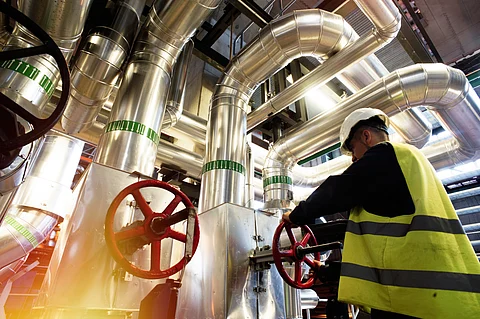
- Home
- EventsEvents
- Product Launches
- CategoriesCategories
- Advertise
- Opinion

Nestlé presented the results of its efforts to reduce its environmental footprint over the past decade, 2010 to 2020, revealing significant decreases in the use of water resources, greenhouse gases (GHGs) emitted into the environment, and the amount of waste sent to landfills.
Nestlé decreased by 2020 by 40%, the amount of water consumed in a ton of food produced compared to the figures managed in 2010. In the last decade, its factories have reduced each ton's greenhouse gas emissions produced by just over 40%. To understand the scope of both achievements, the water savings obtained equate to the amount of water contained within 120 Olympic pools and the reduction of GHG emissions to cross 410 times the region back and forth, from Panama to Guatemala a commercial flight.
Parallel to the above, different actions applied in factories, progressively during this same decade, have allowed the equivalent of 6,250 garbage trucks to stop reaching landfills in Central America. Thanks to a 94% decrease in waste sent to landfills, versus 2010 figures. Today seven distribution centers and two Nestlé factories in the region are zero waste, that is, they value their waste, contributing to the local recycling industry and fostering a circular economy.
Claudia Alvarado, sustainability manager at Nestlé Central America, reaffirms that these actions seek to go beyond compliance with environmental laws, "Environmental protection is necessary for today's companies. Only companies that adapt to climate change and this new reality will transcend in the coming decades. The Covid-19 pandemic, crop pest proliferation, and natural disasters affect us in supplying raw materials. We need to adapt and transform our operation to be more efficient and resilient."
From words to deeds
Nestlé's achievements over the past decade began with efforts to understand resource consumption in its operations and identify opportunities for improvement. According to Alvarado, working with suppliers of raw materials and specialists of the company in areas such as engineering, innovation, and renewal, production, logistics, among others; allowed to define the specific actions to be applied throughout the value chain to progressively reduce the use of resources such as water, steam, single-use plastics, electricity, and bunker; among others.
The use of 100% renewable electricity sources, such as wind, hydroelectric, solar, or biomass from its operations, is another of Nestlé's actions to reduce fossil fuels and consequently GHG emissions. Simultaneously, to be more sustainable in their operations, they installed consumption control meters, more efficiently programmed boiler ignition, and implemented regular maintenance of steam distribution networks.
In the area of waste, the collection of plastic and cardboard was encouraged for the internal transport of raw materials and ingredients and invested in training employees in better techniques for the classification and revaluation of waste. Specific actions such as placing recycling stations to classify waste in factories, offices, and distribution centers, delivering their organic waste as food sources for farms near their factories and alliances with industries such as cement, to co-process waste and use their caloric power as energy for cement furnaces, are part of Nestlé's actions in Central America over the past decade.
"Nestlé's progress over this decade is a true reflection that, with conscious and responsible efforts, as an industry, can reduce our environmental impact, support the development of local economies and also be more efficient in our operation. That's being sustainable," explains Alvarado.
The company's future goals are set by 2025 when Nestlé is committed to making 100% of its packaging recyclable or reusable—as part of its path to its larger global ambition, being zero net emissions across its entire value chain by 2050.
Other major achievements of the past decade
The amount of CO2 emitted into the atmosphere per distributed ton was reduced by 26% at the company's distribution centers throughout Central America.
The regional distribution fleet decreased at the end of the decade by 7% the amount of emissions each ton distributed compared to 2010.
